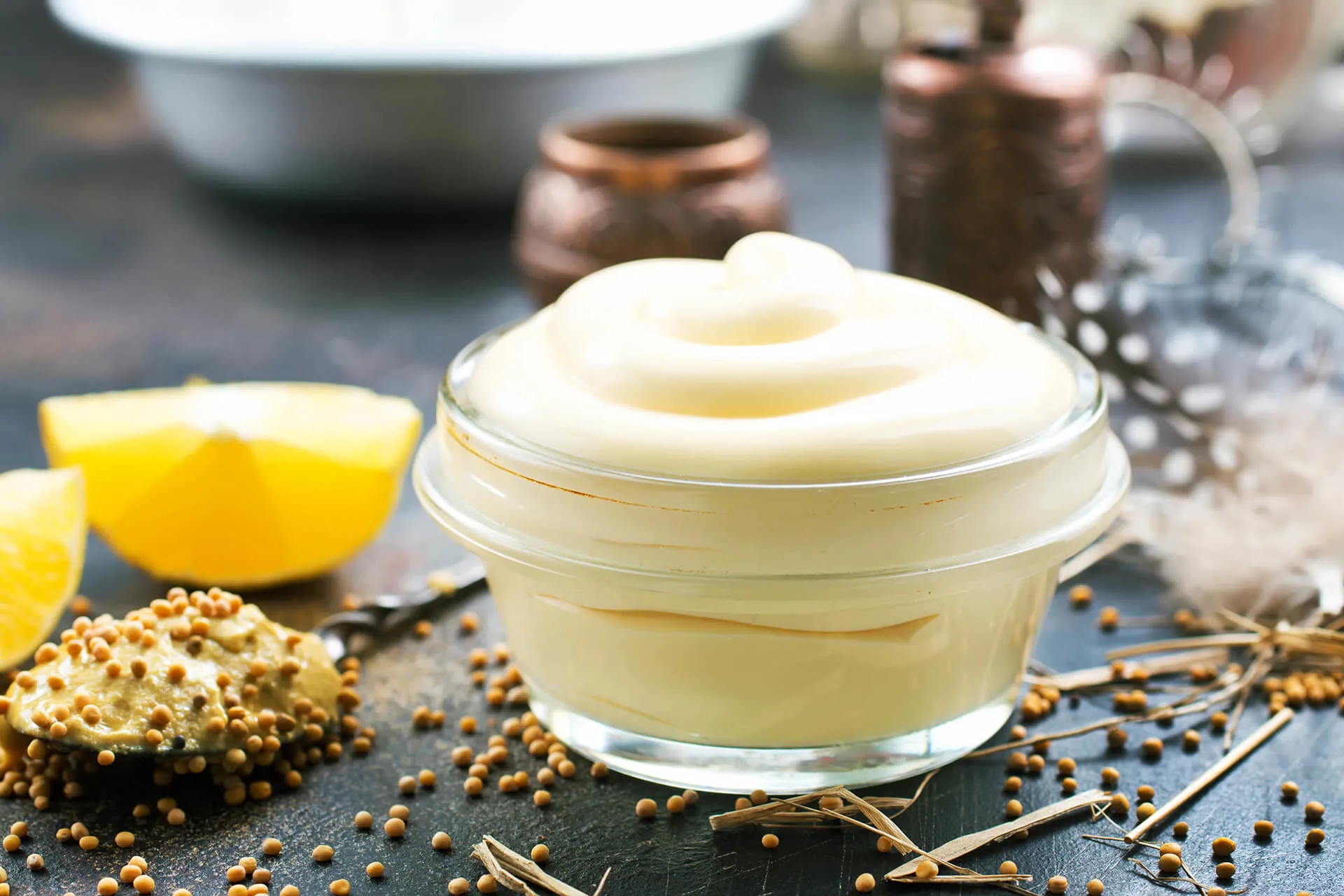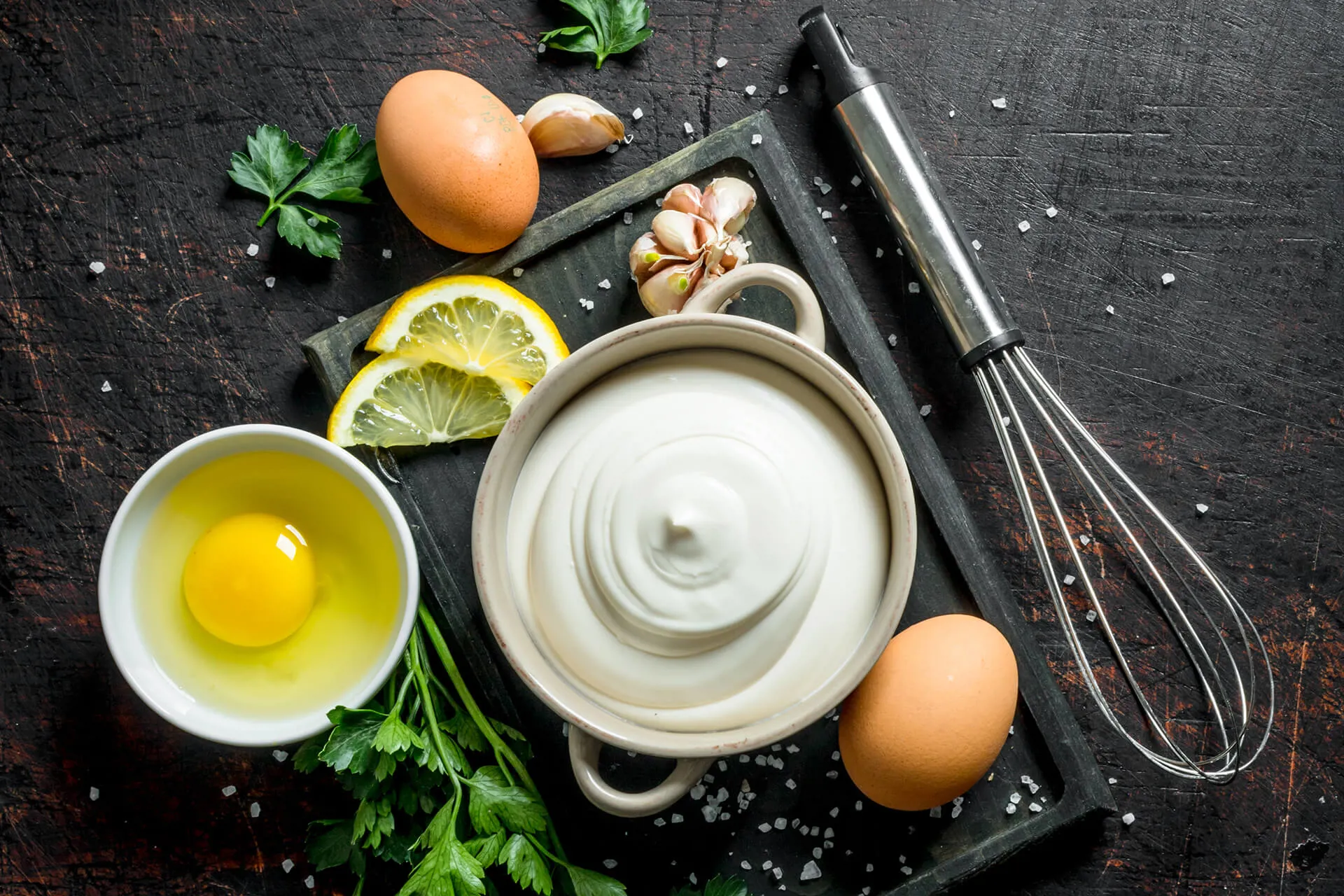
TECHNICAL ARTICLE
TECHNICAL ARTICLE
This article describes the challenges faced by mayonnaise manufacturers when developing low-fat or reduced-fat mayonnaise. Taste, colour, texture and viscosity become very important parameters that must be dealt with when manufacturing a mayonnaise with a highly reduced oil content. The focus of the article will be on how to maintain texture and viscosity in low-fat or fat-reduced mayonnaises by introducing Palsgaard® 1-2-3.
